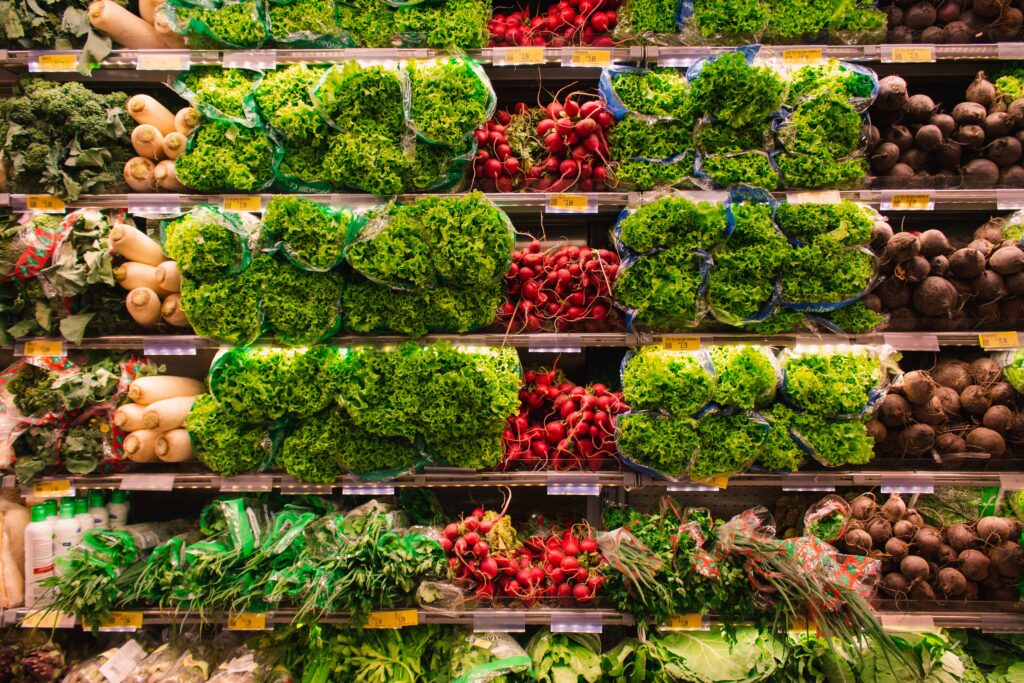
The United States is known for its vast and fertile agricultural land, which enables it to produce some of the highest quality and diverse crops in the world. The US agricultural market is not only a significant contributor to the country’s economy but also plays a crucial role in feeding the world’s population. Here is a comprehensive guide that outlines the mechanism of US agricultural market, including how it works, best practices for successful farming, and building a sustainable future for agriculture.
The Fertile Ground of US Agriculture
The US has a vast agricultural land that is spread over 900 million acres, providing a fertile ground for farming. The country’s climate, topography, and soil conditions are incredibly diverse, enabling it to produce a wide range of crops, including wheat, soybeans, corn, cotton, fruits, and vegetables. Agriculture is a key component of the US economy, contributing over $130 billion annually and accounting for 1% of the country’s GDP.
How the Market Works: A Farmer’s Guide
The US agricultural market functions through a complex system of production, distribution, and sales. Farmers grow crops, which are then sold to agricultural processors that convert them into value-added products such as food, fuel, and feed. The processed products are then sold to distributors, who supply them to retailers. The retail sector, where consumers purchase food and other products, is the final stage of the agricultural market.
Best Practices for Success in Farming
The US has some of the most productive farms in the world, owing to the country’s advanced technology, access to capital, and supportive policies. To succeed in farming, farmers must adopt best practices such as utilizing technology to increase yields, minimizing waste, diversifying production, and embracing sustainable farming practices. They must also have a thorough understanding of the market, including production costs, supply and demand, and consumer preferences.
Building a Sustainable Future for Agriculture
Agriculture is a vital industry, and its sustainability is crucial to the future of the planet. Farmers need to adopt sustainable farming practices that conserve natural resources, reduce greenhouse gas emissions, and promote environmental protection. Additionally, governments, NGOs, and the private sector must work collaboratively to develop policies and initiatives that promote sustainable agriculture and support the livelihoods of farmers.
The US agricultural market is a complex and dynamic system that plays a crucial role in feeding the world’s population and supporting the country’s economy. By adopting best practices and embracing sustainable farming practices, farmers can ensure that their farms remain productive and profitable while also contributing to a sustainable future for agriculture.
